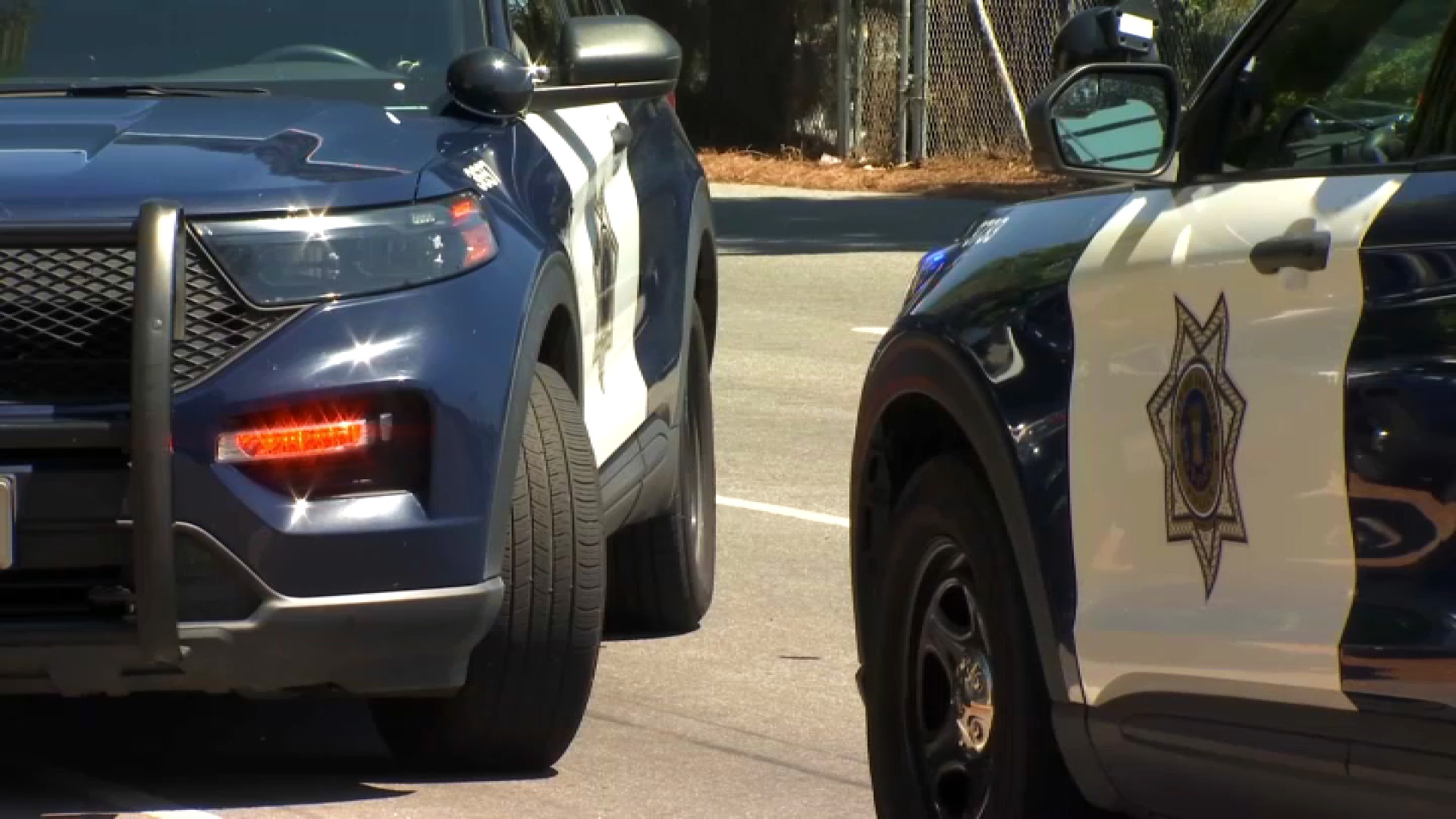In the wake of widespread protests against police brutality, some believe increasing diversity within law enforcement agencies could help reduce the prevalence of officer misconduct.
“Because their fellow police officer is representing these cultures, there's just a natural, organic way in which people become a little bit more open minded, a little more progressive thinking, a little bit more compassionate and empathetic, because they see in these individuals, their own friends, their own colleagues, their own peers,” said Rob Davis, former San Jose Police Chief and current law enforcement consultant with the Chicago-based security firm Hillard Heintze. “Your police department has to be reflective of that community.”
Study Finds Increasing Diversity Can Decrease Police Misconduct
A 2016 study published in the American Society for Public Administration found increasing a police force’s ethnic diversity can reduce officer misconduct. “An increase in the proportion of ethnic minority police officers is significantly associated with a decrease in police misconduct,” the study noted.
The Investigative Unit examined diversity rates for some of the largest police departments in the Bay Area. In San Jose, African Americans make up about 3% of the population and about 4% of the police force, according to the most recent data available on the department’s website. Hispanics make up 32% of the population but only 23% of officers.
San Francisco Police Chief Bill Scott says his force is fairly representative of the city’s population. The number of African Americans living in San Francisco, however, has decreased dramatically over the past few decades – from 13% in 1980 to, now, only about 6% of the population. Black officers currently total about 9% of San Francisco’s police force.
When you have a diverse collective of perspectives, you usually have a better product in terms of policing – a better outcome.
Chief Bill Scott, San Francisco Police
Local
“We recruit a diverse pool of candidates and we will continue to do that,” Scott said. “When you have a diverse collective of perspectives, you usually have a better product in terms of policing – a better outcome.”
Asians total about 36% of the city’s population but only about 23% of SFPD officers. Whites account for 40% of people in the city, but 48% of police officers.
“I'm satisfied, generally, with the diversity of department,” Scott said. “We are a very diverse department.”
In Oakland, about 24% of the population is black, but black officers only account for about 16% of the police force.
“It is becoming so hard to recruit police officers in the United States,” Davis said. “A lot of it is because if you take a look at what's happening on the news right now – it discourages people from joining police departments. It discourages people and minorities from joining police departments.”
The largest diversity gap among Bay Area officers, however, centers around gender since men comprise as much as 90% of some police departments.
“All different kinds of things ... bring this depth of diversity – not just race diversity,” Davis said. “But that’s the challenge – right now, it's kind of tough to sell to a lot of people on the idea of becoming a police officer.”



